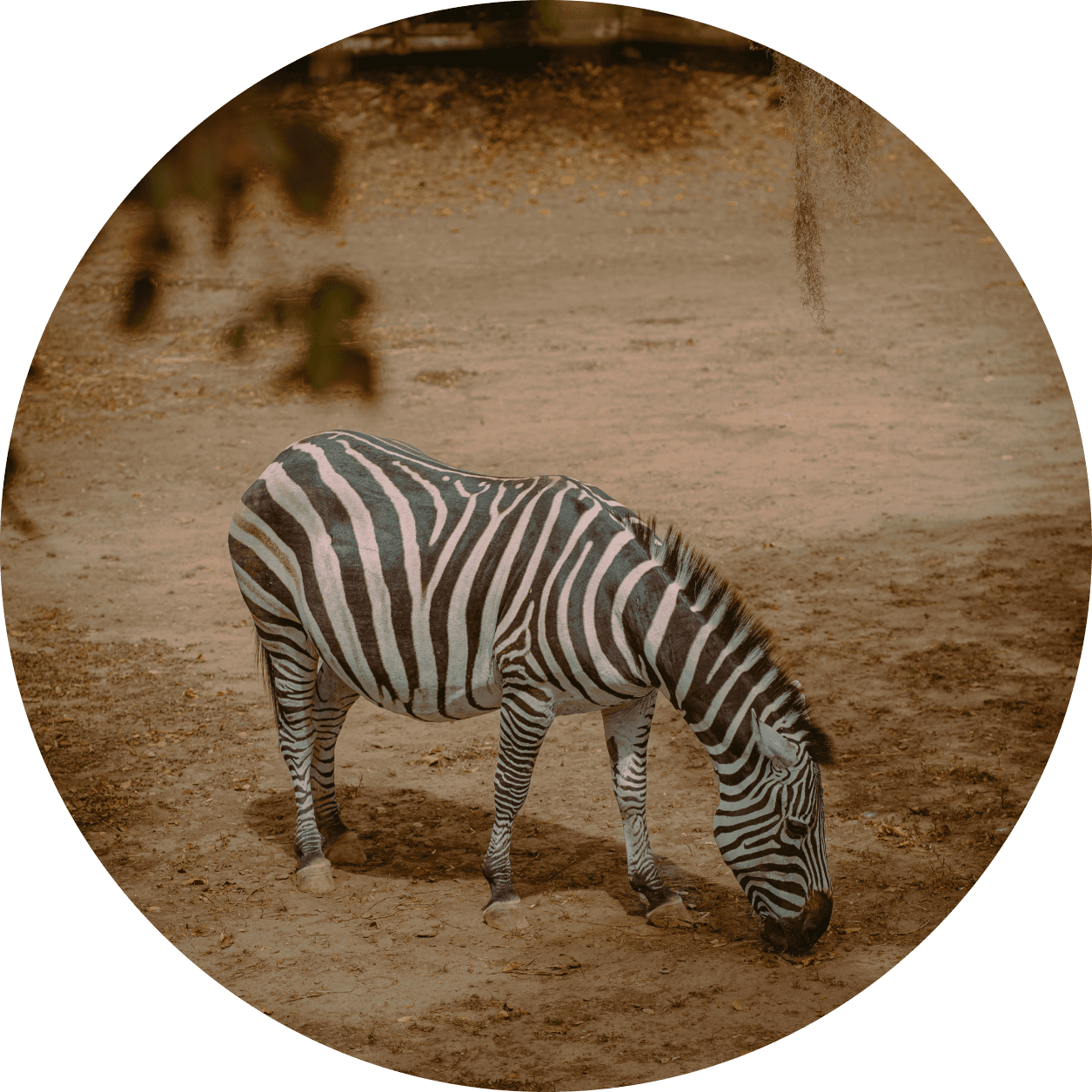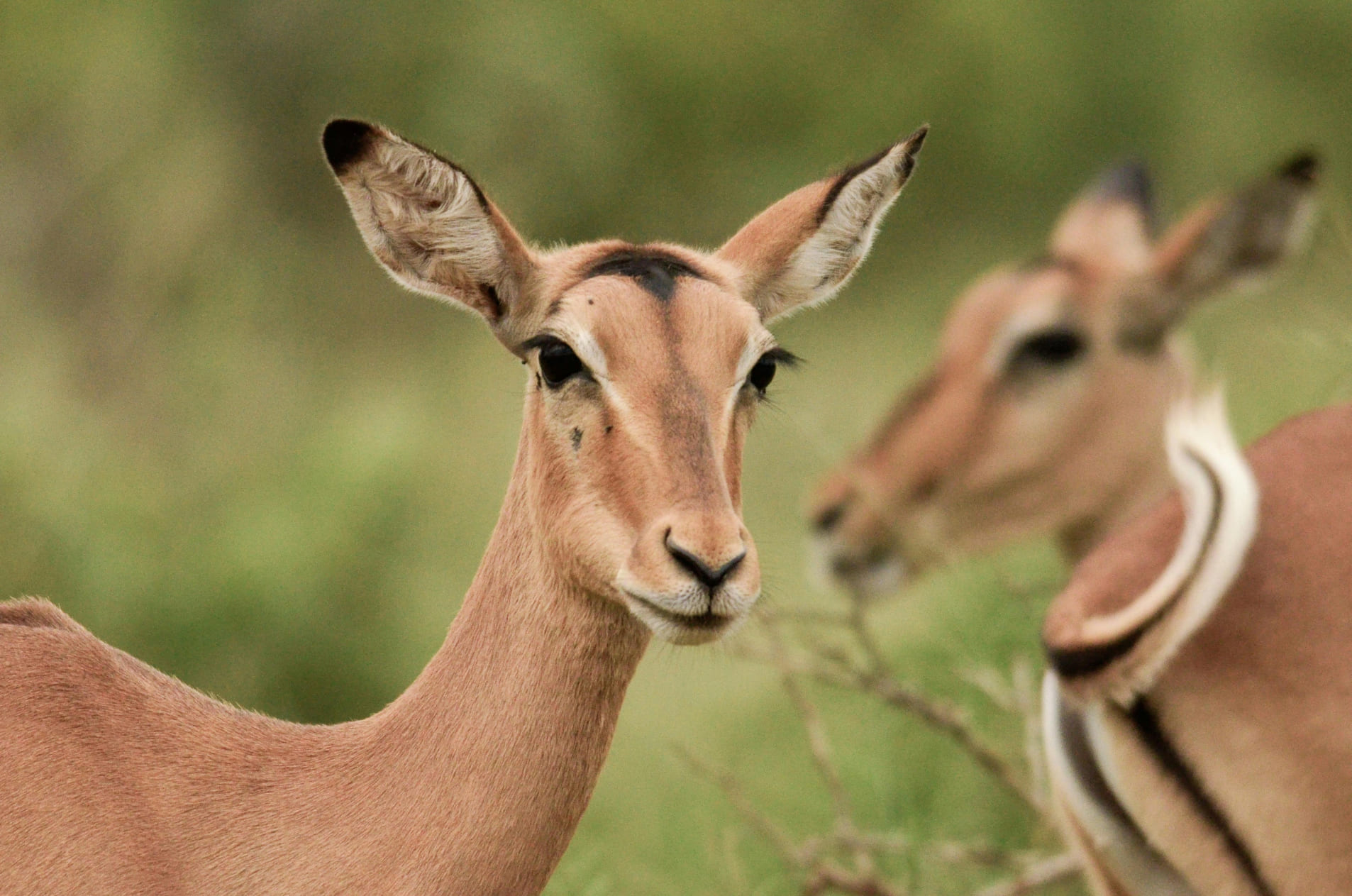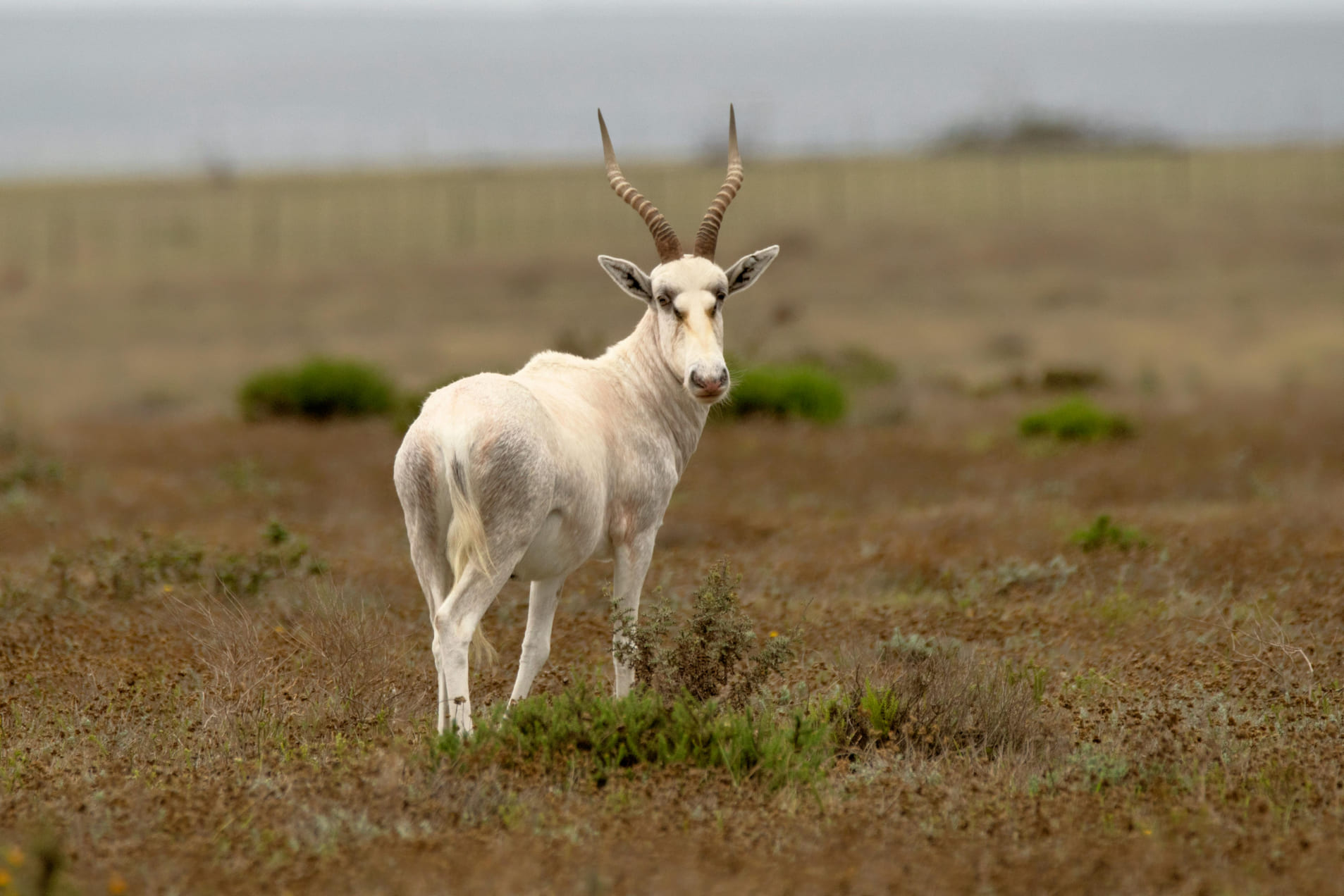"We visited the zoo with our kids, and it was such an amazing experience! The animals were active and well-cared for, and we learned so much about different species. Our children loved the interactive exhibits, especially seeing the big cats up close. We’ll definitely be back!"

How Zoos Help Combat Wildlife Trafficking and Illegal Animal Trade
Wildlife trafficking is a billion-dollar industry that threatens countless species around the world.
read more
The Vital Contribution of Zoos to Veterinary Science and Animal Health
Zoos have advanced veterinary science by providing unique opportunities to study a wide range of animal species.
read more
Understanding Animal Social Structures and Group Dynamics in Zoos
Many animals have complex social structures and hierarchies that play a critical role in their survival and well-being.
read more
The Global Impact of Zoo Research on Animal Conservation
Research conducted in zoos has a lasting impact on global conservation efforts, contributing to the survival of species and the health of ecosystems.
read more
Promoting Environmental Education through Zoo Programs
Zoos serve as dynamic centers for environmental education, inspiring visitors to learn about animals and ecosystems and encouraging sustainable practices.
read more
Big Cats in the Wild: Strength, Grace, and Survival
Big cats such as lions, tigers, leopards, and cheetahs are some of the most iconic animals in the wild, admired for their strength, speed, and beauty.
read moreReptile Encounters
Step into our reptile house and encounter creatures that have roamed the earth since ancient times. From massive snakes to colorful lizards, these cold-blooded creatures provide a fascinating look into a lesser-seen side of nature.
Gallery













